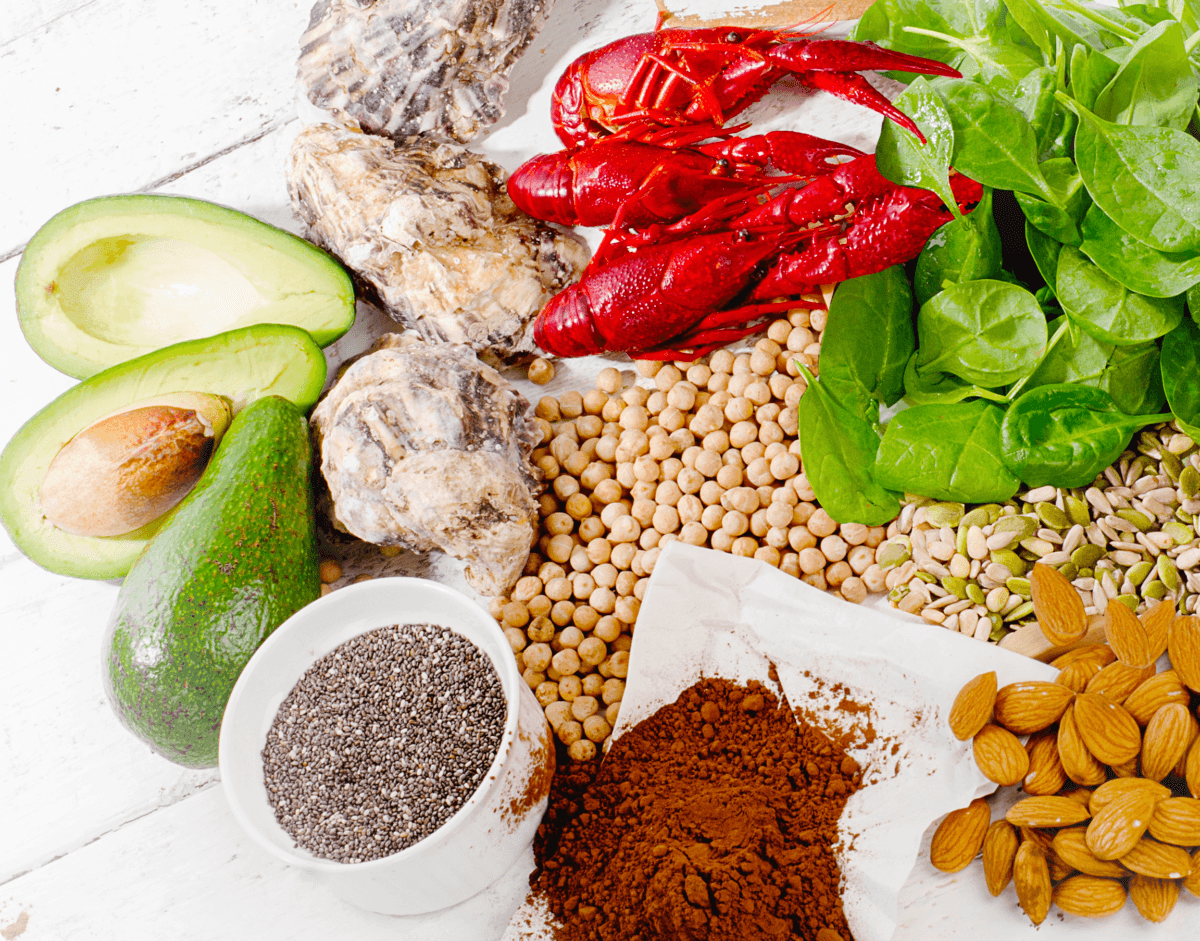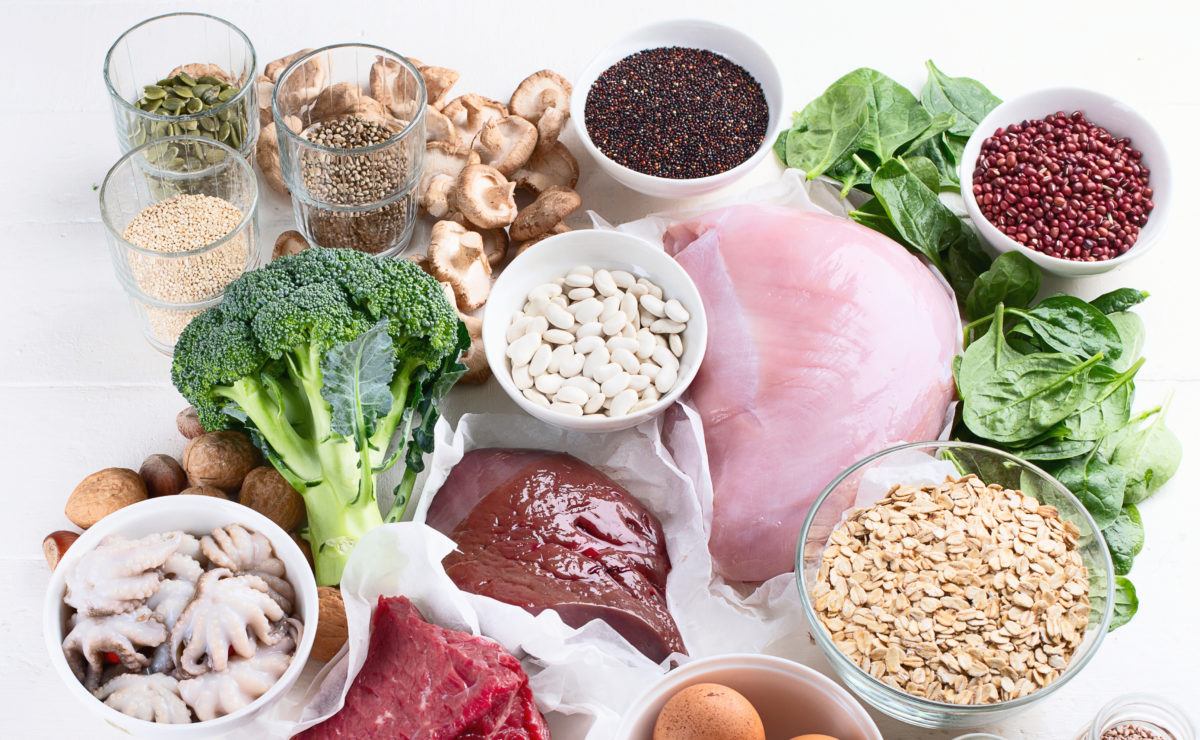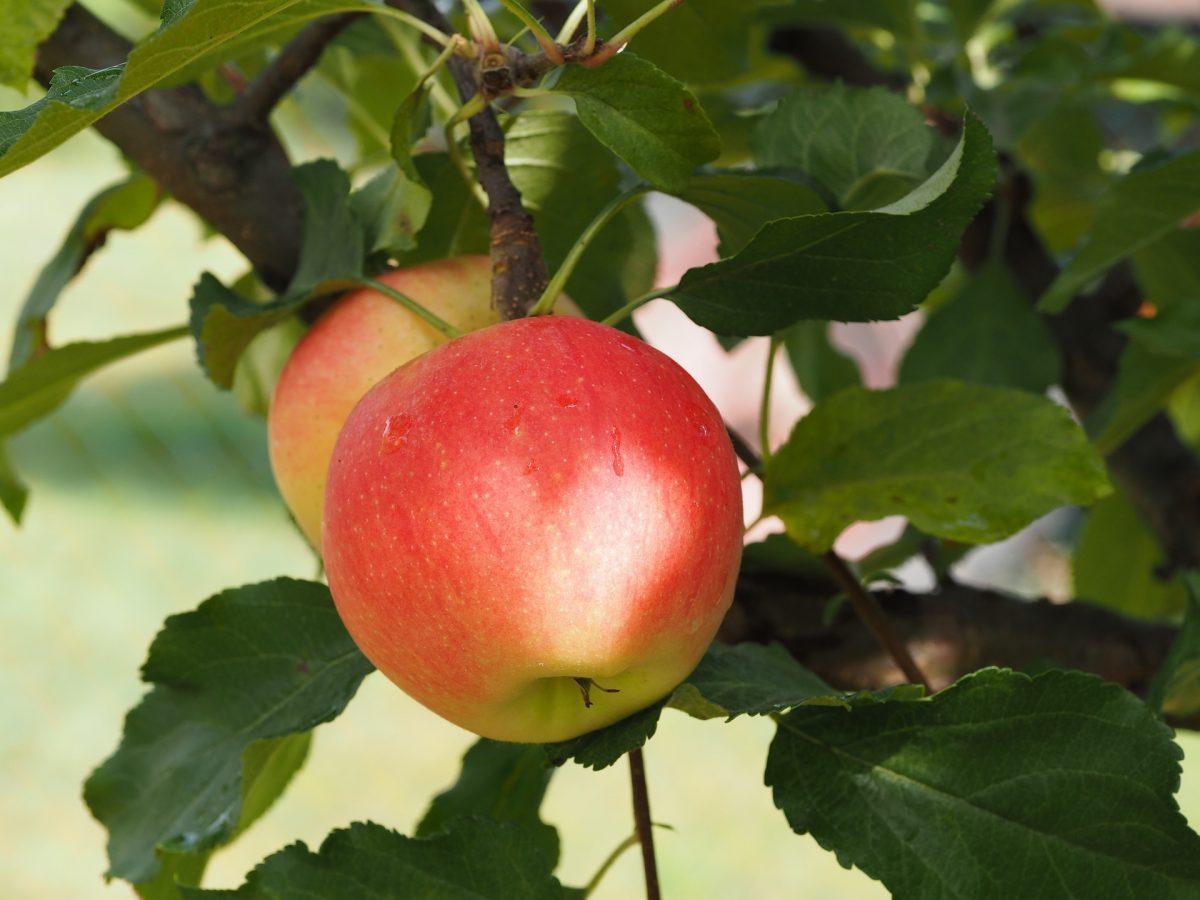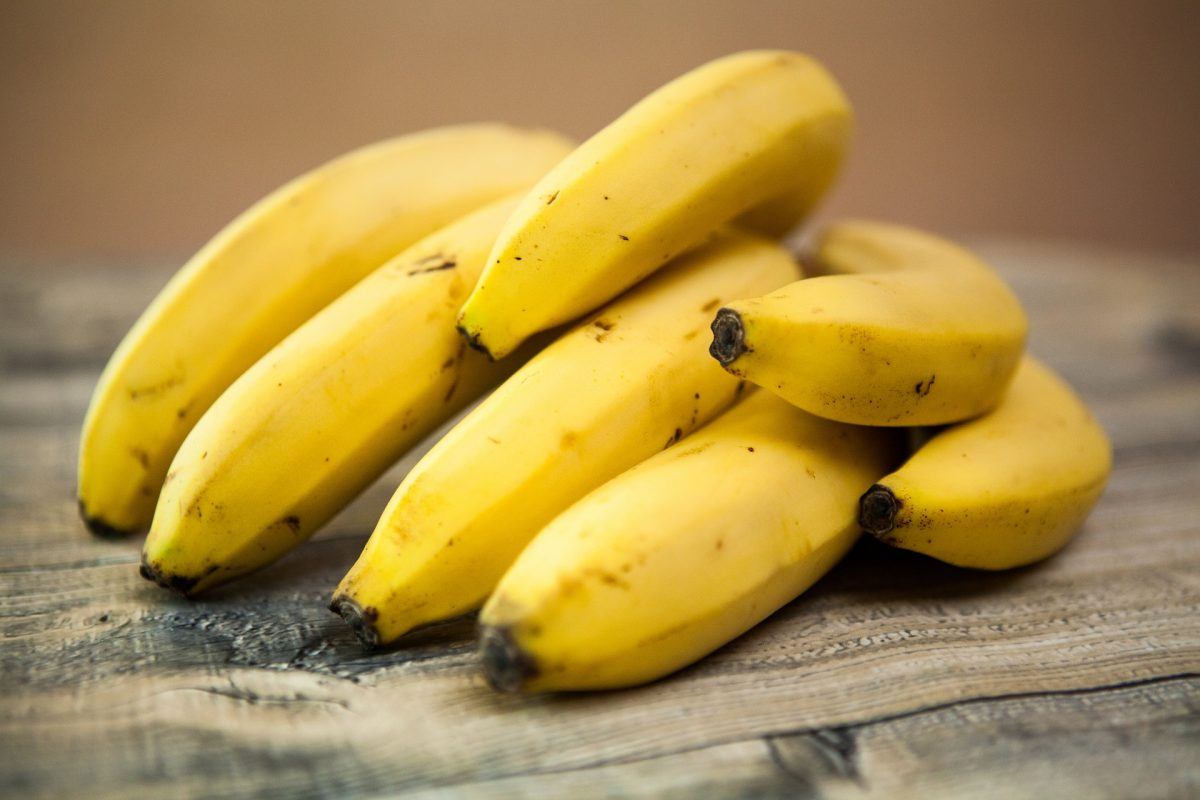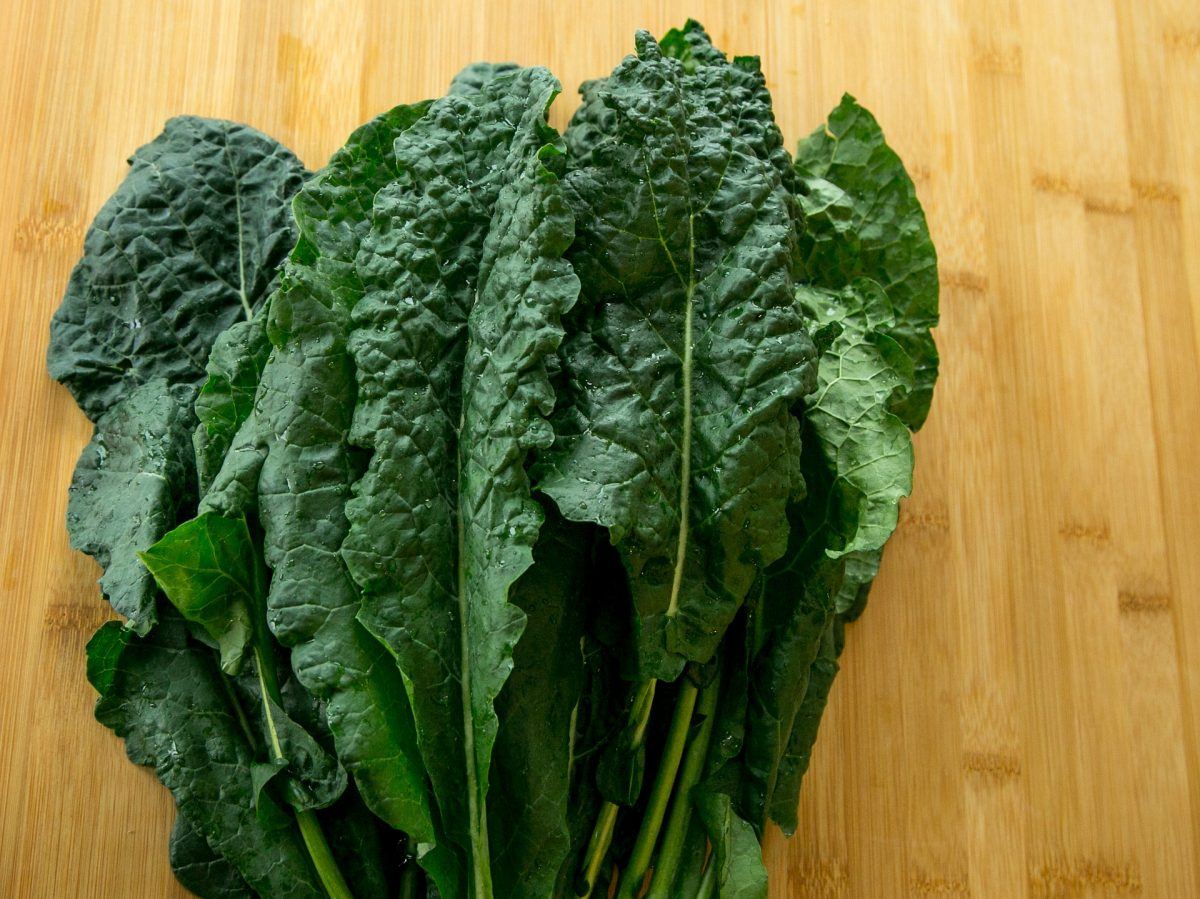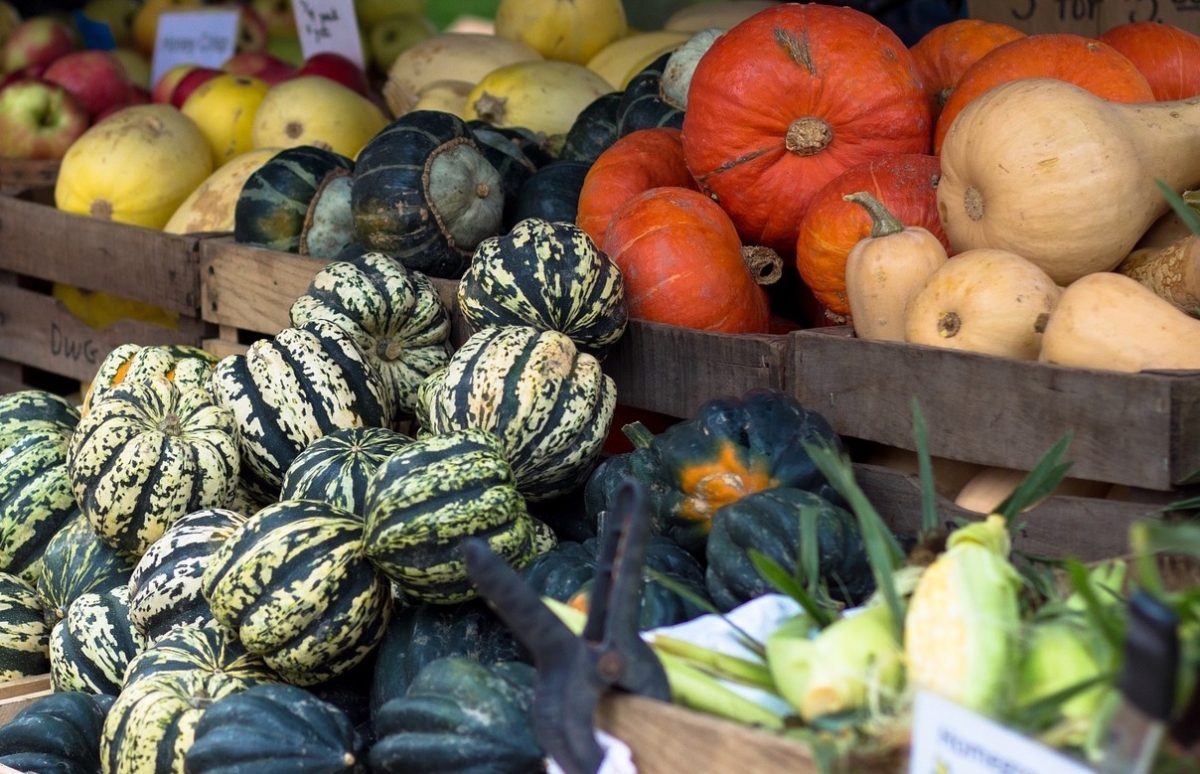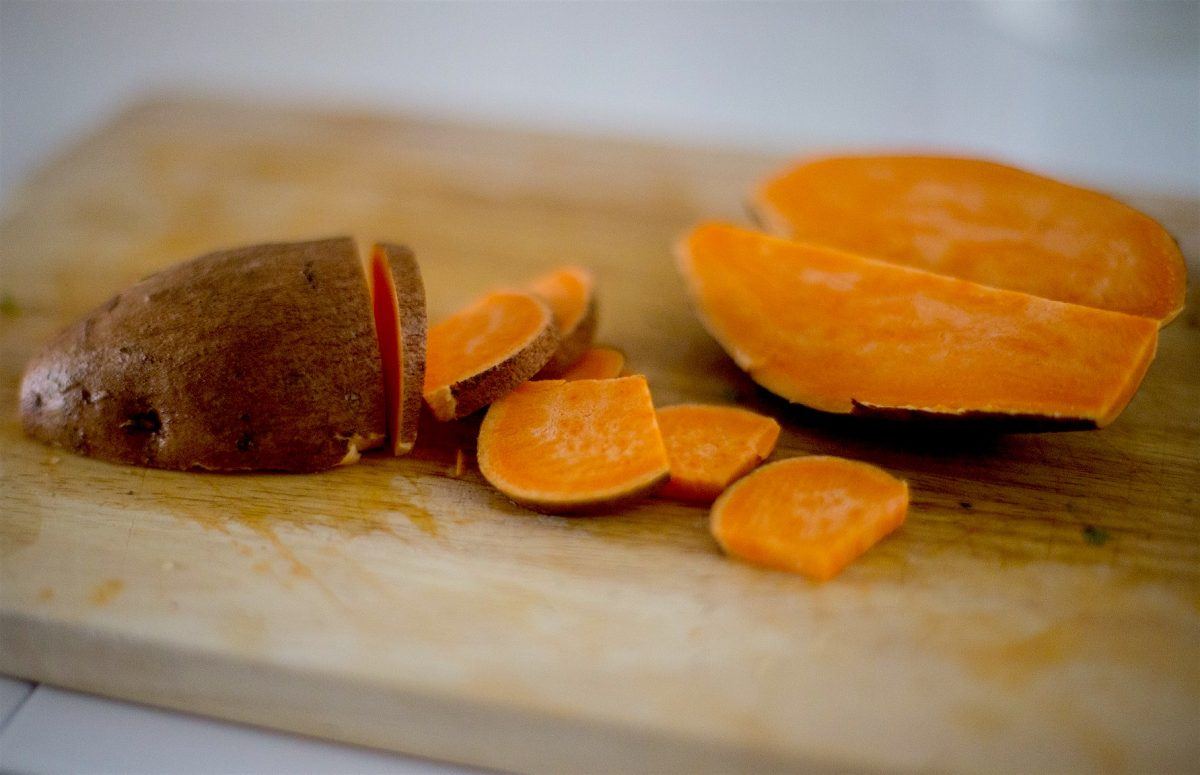Zinc is a trace mineral, meaning that the body only needs small amounts, and yet it is necessary for almost 100 enzymes to carry out vital chemical reactions. It is a major player in the creation of DNA, growth of cells, building proteins, healing damaged tissue, and supporting a healthy immune system. [1] Because it … Continue reading “Zinc”
Iron is an important mineral that helps maintain healthy blood. A lack of iron is called iron-deficiency anemia, which affects about 4-5 million Americans yearly. [1] It is the most common nutritional deficiency worldwide, causing extreme fatigue and lightheadedness. It affects all ages, with children, women who are pregnant or menstruating, and people receiving kidney … Continue reading “Iron”
If you’ve ever perused a supermarket’s “fancy” produce section, you may have noticed a growing selection of sprouted grains and beans. These tailed plants adorn many overpriced salads but you don’t have to pay a premium to get your hands on some sprouts. They’re easy to make, and none are easier to make than sprouted … Continue reading “Sprouted Lentils”
Processed foods are generally thought to be inferior to unprocessed foods. The term may suggest that a packaged food item contains many ingredients, perhaps even artificial colors, flavors, or other chemical additives. Often referred to as convenience or pre-prepared foods, processed foods are suggested to contribute to the obesity epidemic and the rising prevalence of … Continue reading “Processed Foods and Health”
Does eating an apple every day really keep the doctor away? Apples are certainly popular—ranking among the top three fruits produced around the world. They are easy to store and transport, and as a result, are typically available year-round in the U.S. In this piece we’ll explore how apples may benefit health and the best … Continue reading “Apples”
There’s a bit of confusion surrounding bananas. Some people consider this iconic golden fruit a healthy choice while others avoid it, after seeing it on Internet lists of “5 Worst Foods.” Unfavorable claims suggest that bananas cause weight gain and constipation. An article from 1917 published in the Journal of the American Medical Association defended … Continue reading “Bananas”
Who knew a vegetable could be so cool? Although kale has early roots in Greek and Roman culture, it remained a relatively minor commercial crop in the U.S. until recent years. This leafy green reached celebrity status around 2012, appearing on menus of Michelin star restaurants and becoming the choice ingredient of millennial food bloggers. … Continue reading “Kale”
Pumpkins may attract much attention as an official sign of cooler weather, but they are just one of dozens of seasonal squash varieties in the Cucurbitaceae (gourd) family. “Winter” squashes are uniquely beautiful with ribbed or bumpy skins, irregular shapes, and vibrant colors ranging from yellow to orange to dark green or even multi-toned. Sometimes … Continue reading “Winter Squash”
Sweet potatoes are typically recognized by their copper-colored skin and vibrant orange flesh, though the hundreds of varieties grown worldwide display colors such as white, cream, yellow, reddish-purple, and deep purple. Although they are often found on holiday tables covered in marshmallows or mixed with added sweeteners, there’s no need! True to their name, sweet … Continue reading “Sweet Potatoes”
Jump to: What is the microbiome? How microbiota benefit the body The role of probiotics Can diet affect one’s microbiota? Future areas of research What is the microbiome? Picture a bustling city on a weekday morning, the sidewalks flooded with people rushing to get to work or to appointments. Now imagine this at a microscopic … Continue reading “The Microbiome”
